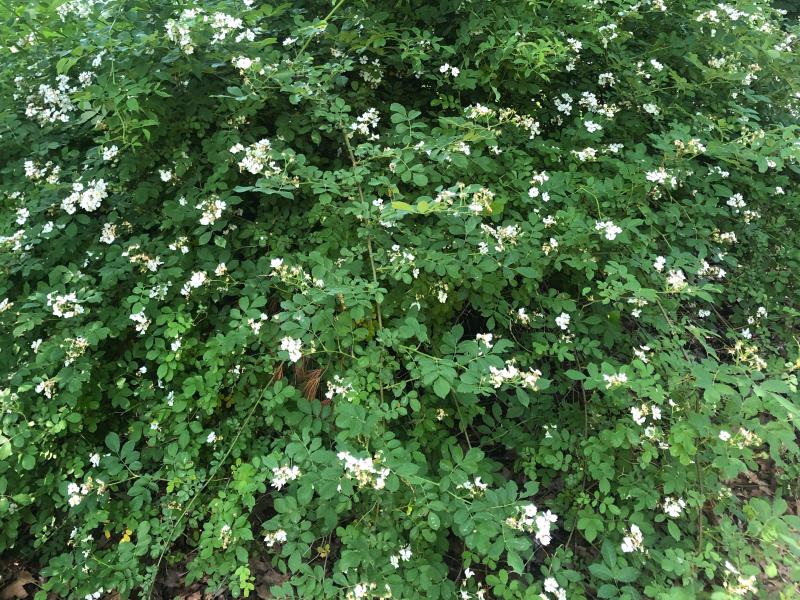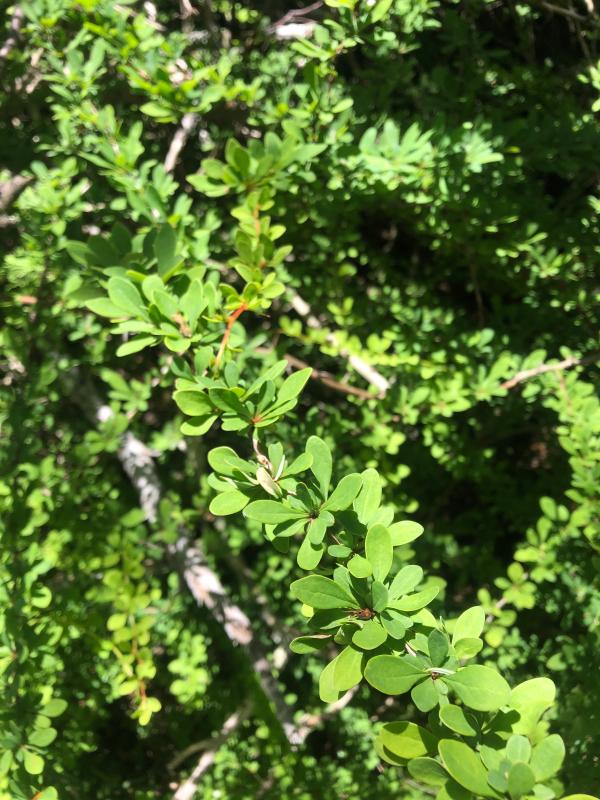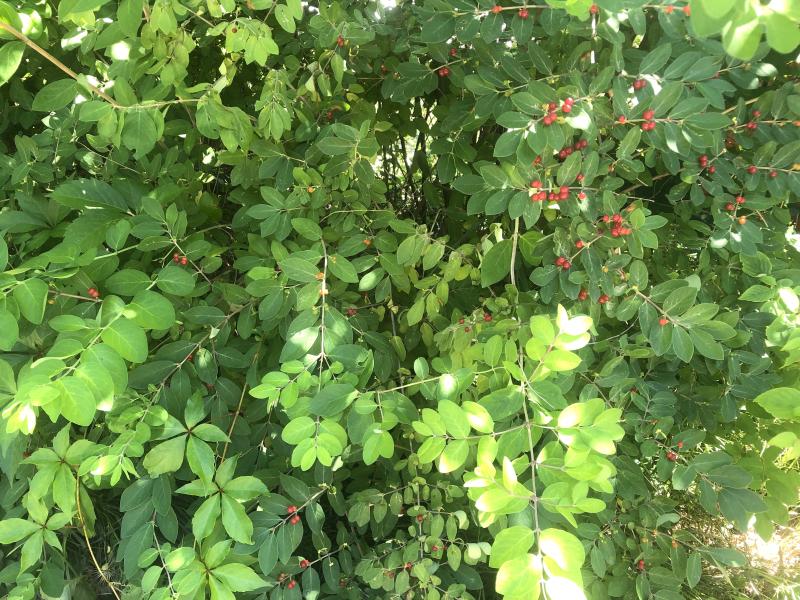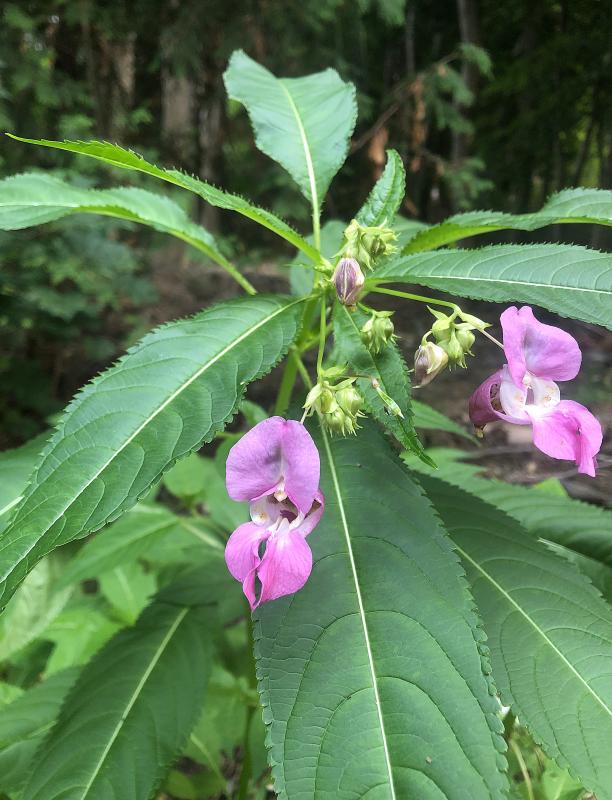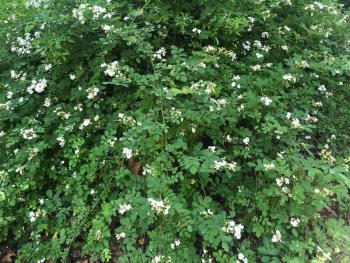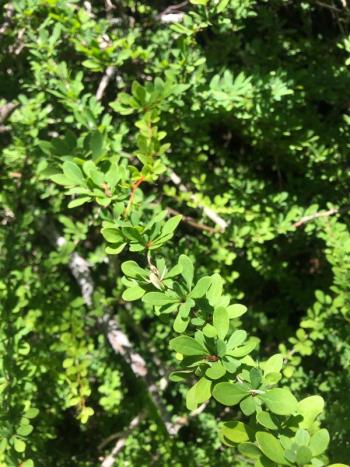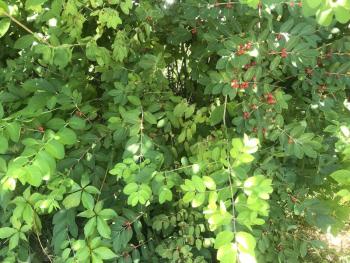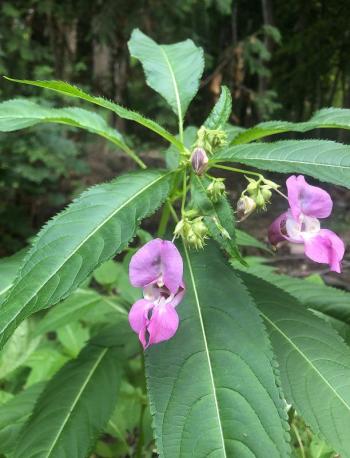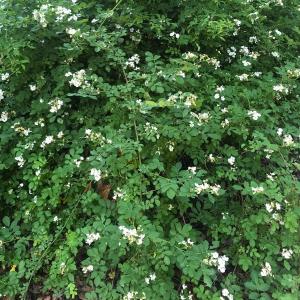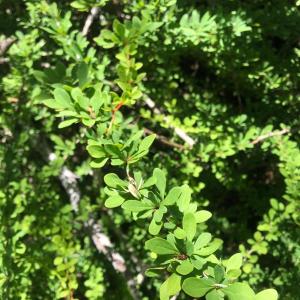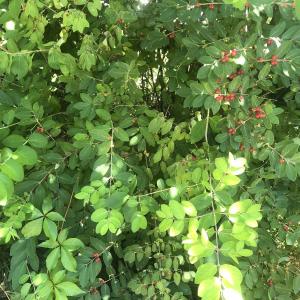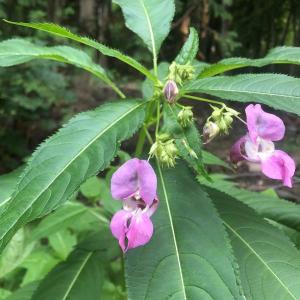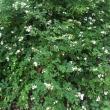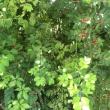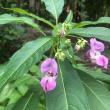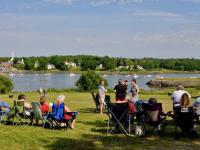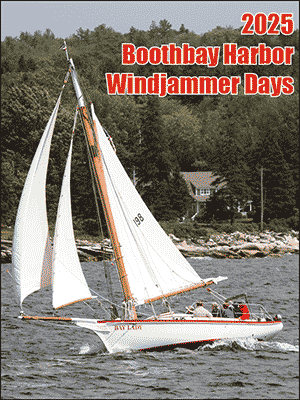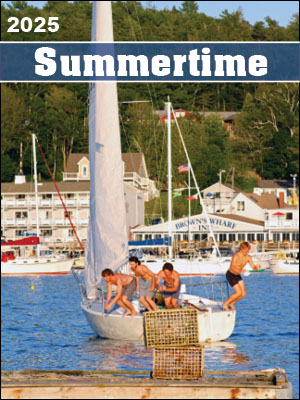Image Id 681120 for Node 255561
With the length of Maine’s dreary winters, the blooming of spring is something to look forward to, but there may be something more sinister lurking under the greenery's surface: invasive plant species.
Invasive plants are non-native species with a negative ecological impact, according to Louisa Crane, program development specialist at Knox-Lincoln Soil & Water Conservation District (SWCD).
Because the plants did not evolve in the Maine ecosystem, they often do not have local herbivores or diseases to keep them in check. This can cause them to easily overtake an environment, choke out native plants, reduce wildlife habitat and decrease biodiversity. Some can even change the soil chemistry of an area.
They’re also a lot more common than people may think. Crane said some invasives their organization sees most often include Norway maple (Acer platanoides), shrubby honeysuckle (Lonicera spp.), burning bush (Euonymus alatus), Asiatic bittersweet (Celastrus orbiculatus), Japanese knotweed (Reynoutria japonica), Japanese barberry (Berberis thunbergii), multiflora rose (Rosa multiflora), glossy buckthorn (Frangula alnus), common buckthorn (Rhamnus cathartica), ornamental jewelweed (Impatiens glandulifera) and garlic mustard (Alliaria petiolata). However, this is just the tip of the iceberg. Crane recommends consulting Maine-specific resources to get more comprehensive lists.
“I think what we're fighting is the desire to have something that's beautiful and novel, or like what our friends have, as opposed to just seeing the beauty and exquisiteness of what's here, what's supposed to be here,” said Sue McLeod of Boothbay Harbor.
Since 2019, McLeod has been dedicated to “rewilding” her property, ripping up invasives (including over 20 Norway maples) and repopulating with native plants. For McLeod, it's part of her responsibility as a steward of the land to create an environment that benefits the creatures that call Maine home. “They're the ones who live here. I'm just a very temporary visitor.”
So, how can you start the process yourself?
Identify, plan and manage
Have an invasive plant on your property? Or think you might? SCWD has resources. While the organization does offer advice over the phone or email, it has more involved “walk & talks” to survey the affected property and help owners come up with a long-term management plan. This costs about $70/hr. More in-depth plans are also available. Call 207-596-2040, or email: info@knox-lincoln.org
Maine Forest Service has a program to help landowners with the cost of developing a full invasive plant management plan (eligible for those with over 10 acres of forested land). Individuals with an approved plan will then be able to apply for treatment/removal. Applications should open this summer. Call 207-287-2791, or email: forestinfo@maine.gov
Prevent the spread
“Just because you don't necessarily see it spreading on your property, doesn't mean that it's not spreading,” said Crane.
Pollinators can carry pollen for vast distances, meaning an invasive plant on your property could wreak havoc on a nearby forest or land. McLeod continually removes invasives that take root from an abandoned lot next door to her.
Humans are a big contributor to the spread of invasives (outside of planting them in their yards). SCWD recommends inspecting and washing your boat before leaving a lake/pond and not moving firewood from one area of the state to another to limit the spread.
Repopulate with natives
A bit of research and a trip to the garden center (or a call to your local landscaper) can make all the difference in creating a better environment for Maine’s flora and fauna. SCWD also has an annual plant sale of native species. The deadline for preorders is April 18, with pickup on May 16 and May 17. Cash 'n carry is also on May 17.
Stopping invasives requires vigilance, and it may not be perfect but, as McLeod advised, reach out for help from local organizations, be intentional with your plans, and do what you can.
For more resources, check out the Knox-Lincoln Soil & Water Conservation District website.

